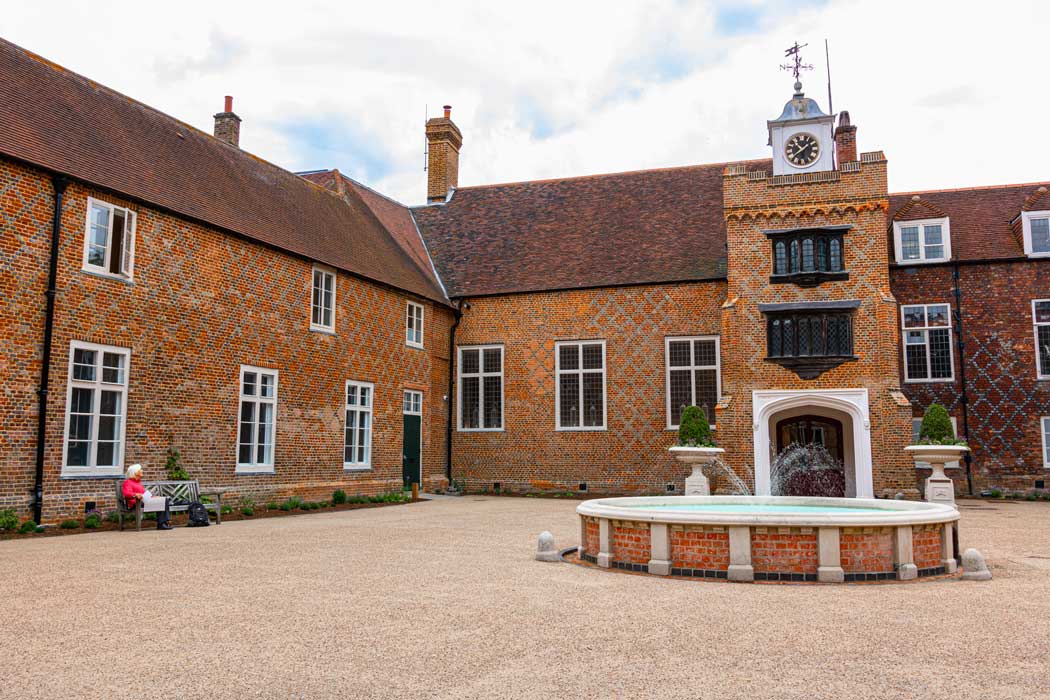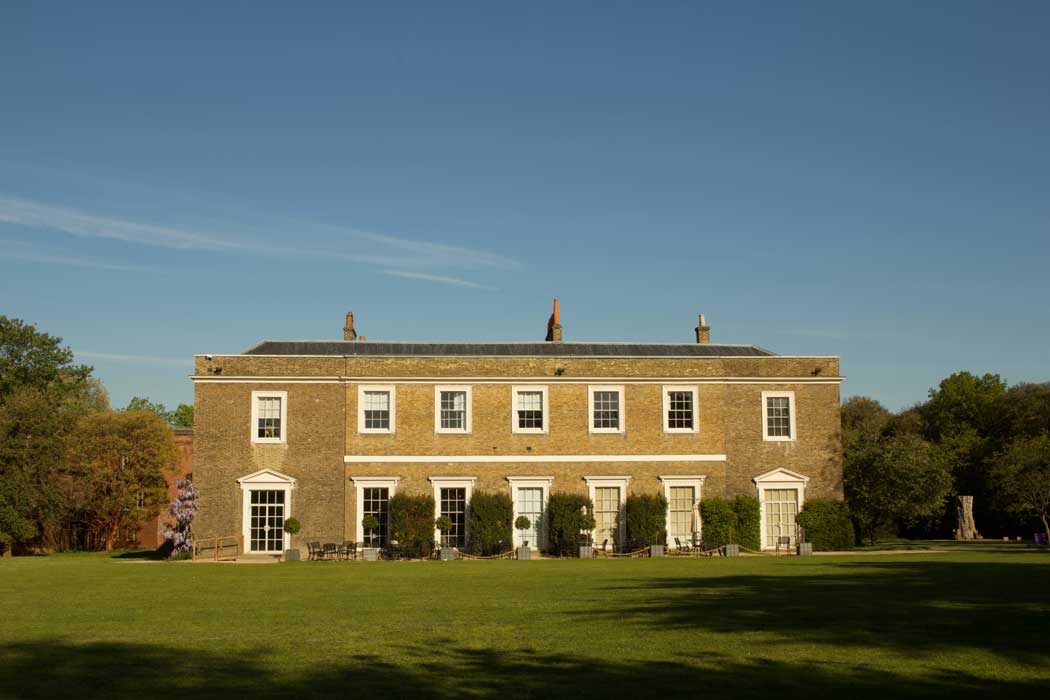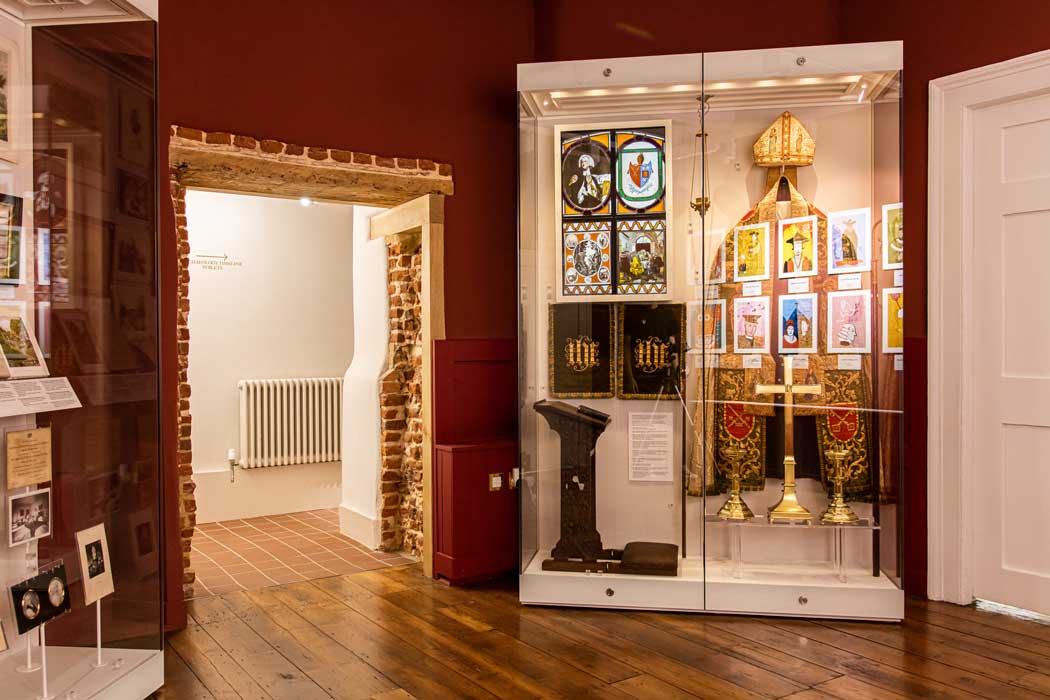Fulham Palace dates from medieval times and it has been home to the Bishops of London from 704 until 1973. The palace is steeped in history and its gardens are among the most important botanical gardens from the medieval period.
Although there is evidence of people living on the site since the prehistoric period, Fulham Palace began to develop into its current form during the medieval period with evidence of a hearth dating from around 1080 when there was a Saxon-Norman manor on the site.
The Bishop of London acquired the land in 704 and it was the bishop’s official residence from the 11th century until 1973 when the bishop moved into the Old Deanery near St Paul’s Cathedral.
Although Henry VI has visited Fulham Palace, the building that visitors see today dates mostly from the reign of Henry VII (1485–1509). The palace is comprised of a mix of architectural styles that are a legacy of the tastes of the various bishops who have lived here with the predominant styles associated with the Tudor and Georgian eras.
The palace was used as a military hospital during the First World War and it was bombed during the Second World War. It was opened to the public in 1975, a couple of years after the last bishop moved out, and The Museum of Fulham Palace was opened in 1992.
What to see at Fulham Palace
Fulham Palace is a beautiful building with a rich history that does not see many visitors in comparison with London’s other palaces. The palace is Grade I listed, the gardens are Grade II* listed and many of the outbuildings are Grade II listed.


The Museum of Fulham Palace
The palace is open to the public and it includes The Museum of Fulham Palace, which occupies Bishop Howley’s Dining Room and Bishop Porteus’s Library. The museum has exhibits about the building and its rich history and these include a 1:50 scale model of the palace as well as artefacts from prehistoric times to the 20th century.

The Tait Chapel
There are a number of Grade II listed outbuildings including the Tait Chapel, which was built for Bishop Tait between 1866 and 1867. The chapel was bombed in the Second World War but was restored in the 1950s. It features ornate wall paintings, mosaics and stained-glass windows.
Although the palace has its own chapel, many of the bishops are buried at the nearby All Saints Church across the road from the Premier Inn hotel at the northern end of Putney Bridge.
![The painting on the north wall of the Tait Chapel at Fulham Palace. (Photo: Andy Scott [CC BY-SA 4.0])](https://englandrover.com/wp-content/uploads/2021/03/tait-chapel-fulham-palace.jpg)
The moat
The palace is surrounded by a 1.4km- (.87 mile)-long moat, which is considered to have been the largest domestic moated site in medieval England. Although the moat was filled with waste during the 1920s, a restoration project is currently underway which will restore the moat to its original condition.
The gardens
The gardens at Fulham Palace are considered to be one of the most important botanical gardens since the 17th century, and London’s second-oldest. It was one of the first places in England to grow plants from the new world including magnolia and azalea and was home to the first coffee tree in England and to England’s first tamarisk tree.
One of the garden’s highlights is a 500-year-old holm oak which is designated as one of the Great Trees of London.
The gardens originally covered 12ha (30 acres) but now only comprise 5.3ha (13 acres). This includes the walled garden which features Tudor-era gateways despite being remodelled during the mid-18th century.

Visiting Fulham Palace
Fulham Palace is located amongst extensive gardens near Putney Bridge in Fulham. The closest tube station is Putney Bridge and access to the grounds is via several gates (on Bishops Avenue, Fulham Palace Road, Fulham High Street and Putney Bridge Approach).
The place and its gardens are open daily and admission is free of charge; however, there is a charge for guided tours. There are several guided tours available and, depending on your interest, you can take either a history tour, a garden walk tour or the Bishop’s Park tour.
There are also a number of other events held on the site, which include theatre, concerts and cinema.
There is a nice cafe on site and the palace’s proximity to Fulham High Street means that there are plenty of other places to eat and drink nearby.


There are no comments yet.